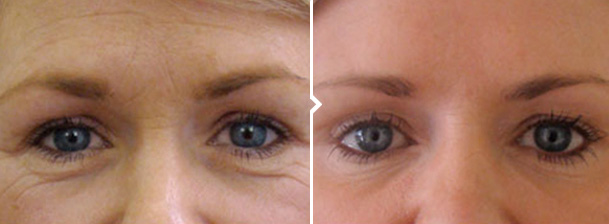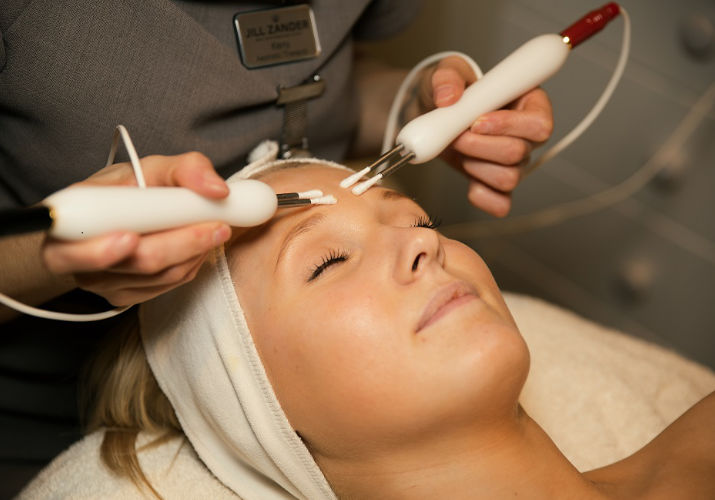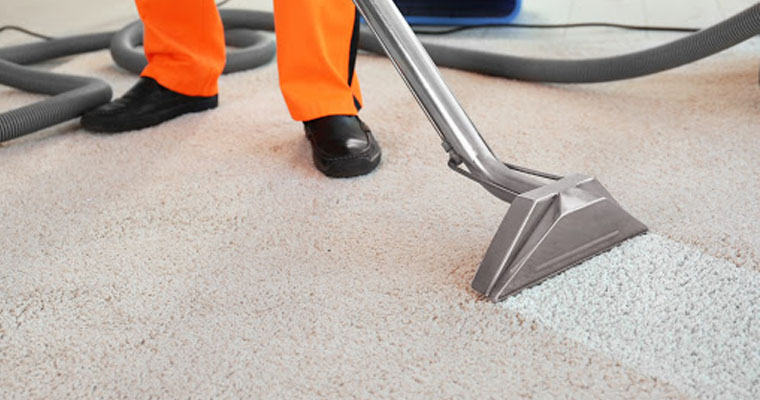Theft vs Burglary – What is the Difference?
Theft and burglary are terms often used interchangeably in everyday conversation, yet they hold distinct meanings in the realm of criminal law.
Understanding the nuances between the two can shed light on the severity of crimes, potential legal consequences, and the necessary security measures businesses and homeowners should consider.
This blog delves into the key differences between theft and burglary, offering insights into how each impacts victims and what steps can be taken to mitigate such risks.
Sure, theft prevention cameras for building sites will help guard you against both of these crimes, but they are NOT the same thing.

Theft: A Variety of Crimes
Theft, at its core, is the act of taking someone else’s property without permission with the intent to permanently deprive the owner of it. It’s a broad category that encompasses various forms of illegal possession, including but not limited to shoplifting, pickpocketing, and fraud. The severity of a theft charge can range from a minor misdemeanour for low-value items to a felony for high-value goods or theft involving additional criminal elements.
Burglary: Unlawful Entry with Intent
Burglary, on the other hand, specifically involves entering a building or residence unlawfully with the intent to commit a crime inside, typically theft, but not always. It’s the combination of trespassing and the intent to commit a crime that distinguishes burglary from theft. A person can be charged with burglary even if the intended crime isn’t successfully carried out, provided the unlawful entry and intent can be proven.
Key Differences
Legal Definition
Theft is defined by the act of stealing, while burglary is characterised by unlawful entry into a structure with the intent to commit a crime.
Location
Theft can occur anywhere, from public spaces to private homes, without the perpetrator necessarily trespassing. Burglary, however, always involves illegal entry, whether forced or through deceit.
Intent
The intent behind burglary is broader, encompassing any criminal activity inside the property, whereas theft solely focuses on the unlawful taking of property.
Security Measures to Prevent Theft and Burglary
While the legal distinctions are clear, the prevention of both crimes often overlaps in the security measures recommended for businesses and homeowners. Here are some effective strategies:
Enhanced Physical Security
Strong locks, security doors, and window guards can deter burglars from attempting to enter a property.
Alarm Systems and Surveillance
Modern security systems, including motion sensors and CCTV, can help prevent both theft and burglary by alerting property owners and authorities of unauthorised access or suspicious activities.
Visibility and Lighting
Well-lit areas and clear visibility from the street can reduce the risk of both theft and burglary by making it harder for criminals to operate unnoticed.
Community Vigilance
Neighbourhood watch programmes and community vigilance can deter criminals aware that residents are looking out for each other.
While theft and burglary are related, understanding their distinctions is crucial for legal, prevention, and insurance purposes. By recognising the nuances of each crime, individuals and businesses can tailor their security measures more effectively and work towards a safer environment.






